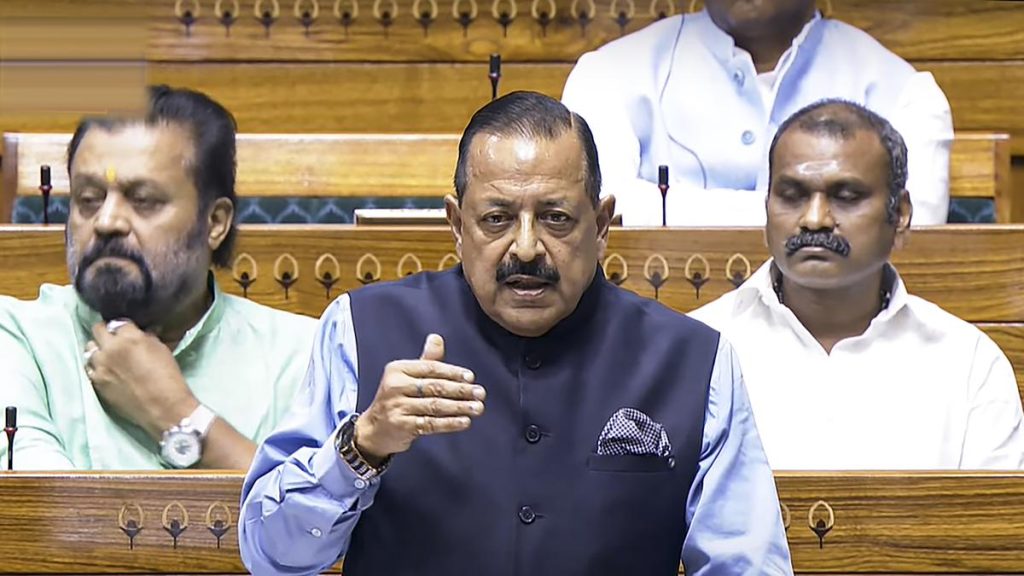Now Reading: Ex-ISRO Scientist: NISAR Mission to Highlight India’s Space Engineering Globally
-
01
Ex-ISRO Scientist: NISAR Mission to Highlight India’s Space Engineering Globally
Ex-ISRO Scientist: NISAR Mission to Highlight India’s Space Engineering Globally

Quick Summary
- The NISAR (NASA-ISRO Synthetic Aperture Radar) mission is a collaboration between ISRO and NASA for global Earth observation.
- Scheduled launch: July 30, 2025, at 5:40 p.m. aboard the GSLV-Mk II rocket in Sriharikota, andhra Pradesh.
- This will be the 18th flight of India’s Geosynchronous Satellite Launch Vehicle and the first GSLV mission to achieve a Sun-Synchronous Polar Orbit.
- The satellite is expected to reach it’s orbit approximately 19 minutes after liftoff.
- NISAR utilizes dual-band radar contributions: L-Band from NASA and S-Band from ISRO, ensuring global data collection.
- Data coverage includes Antarctica, oceans, forests, glaciers (e.g., Himalayas), while offering seasonal monitoring insights every 12 days globally.
- Unlike previous satellites operationally focused on India’s surroundings (e.g., Resourcesat & RISAT series), NISAR offers worldwide data designed for extensive government and commercial use.
- Mission lifespan: Five years; open-source data will be made accessible globally by ISRO.
Indian Opinion Analysis
The NISAR mission symbolizes a meaningful milestone not only for ISRO but also for international collaboration in space exploration. By partnering with NASA on this Earth observation satellite equipped with cutting-edge synthetic aperture radar technology, ISRO showcases Indian space engineering capabilities at a global level.
Operational implications include facilitating scientific advancements in environmental monitoring such as forest health analysis, glacier movements tracking around sensitive zones like the Himalayas and Antarctica, and ocean studies-all crucial areas amid increasing climate-related challenges.Beyond science-driven goals, NISAR also positions India as an essential contributor to international datasets that could impact decision-making worldwide.
The partnership fosters mutual technical growth between India and the U.S., enabling deeper integration of planning processes within both space agencies-strengthening bilateral ties along technological lines. The open accessibility model adopted signals inclusivity while promoting India’s role within larger sustainable-growth frameworks through actionable facts sharing.
While ambitious in its scope both technically and operationally across five years of planned functionality-successfully executing missions such as these categorically boosts India’s stature within geopolitically neutral domains like scientific innovation and cooperative aerospace ventures.
Read more at: The Hindu
























